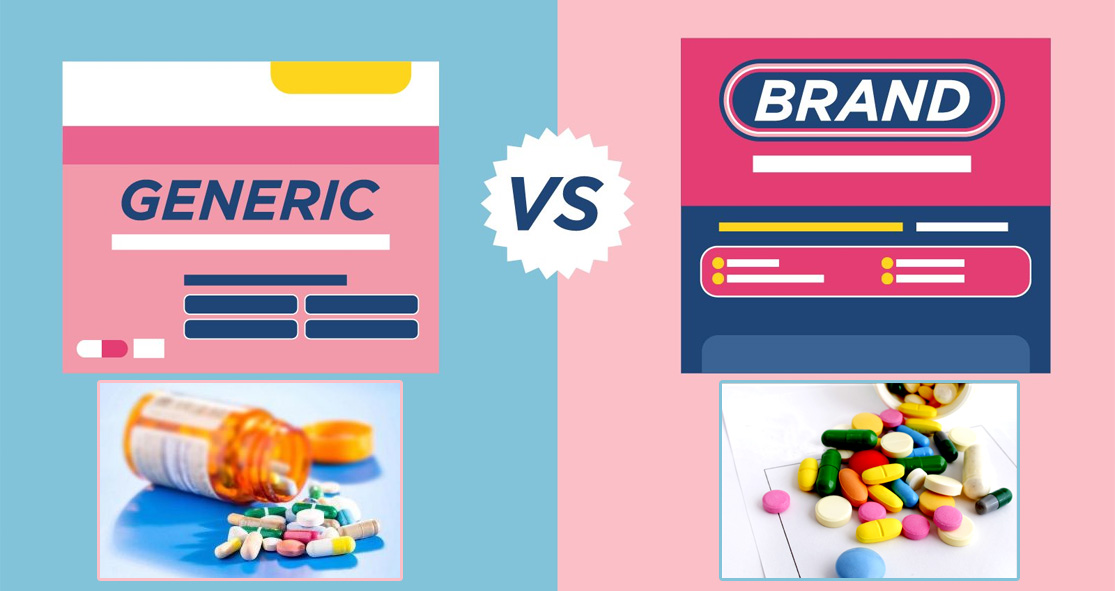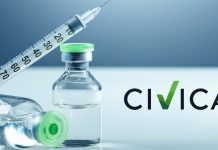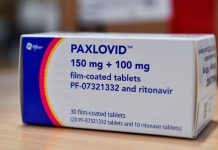In the United States, most people are unhappy about the cost of brand-name drug prices. In fact, the majority of them are not even hesitating to switch to generic drugs to save money because they are substantially cheaper than their branded counterparts.
Even though 90% of prescriptions filled in the U.S. are for generic medications, brand-name medications account for 74% of spending on medications, according to Healthline.
Undeniably, generic drugs save Americans billions of dollars every year. Healthline says generic drugs saved Americans $253 billion in 2017 and over $1 trillion in the last 10 years.
Generic drugs are nothing but copies of brand-name drugs that have exactly the same active ingredient, dosage, indications, efficacy, side effects, route of administration, and even side effects. In simple words, generic drugs are exactly the same as their brand-name counterparts.
For instance, a generic drug used for erectile dysfunction is sildenafil. And the brand name for sildenafil is Viagra. Similarly, a generic drug used for diabetes is metformin and the drug’s brand name is Glucophage.
Generic drugs are available at a lower cost than their brand-name medications. Studies have shown that generic drugs cost 80 to 85% less than the branded version.
Why so? That is because the manufacturers of generic drugs do not have to spend money on researching, developing, and marketing a new drug. On the other hand, a company that brings a new drug onto the market has to spend a substantial amount of money on research, development, advertisement, and promotion of the drug.
A patent is then granted to the company that develops the new drug, which means it has an exclusive right to sell the new drug as long as the patent is in effect. As the patent expires, other manufacturers can apply to the U.S. Food and Drug Administration (FDA) for permission to make and sell generic versions of the drug, according to MedicineNet.
Many people express their concerns over the safety and efficacy of generic drugs due to their price. They feel generic drugs are developed under poor or sub-standard facilities, compromising on quality and efficacy. However, that is not the case because the FDA requires that generic drugs be as safe and effective as brand-name drugs so generic drug manufacturers have to follow the regulations.
It is untrue that generic drugs are manufactured in poor-quality facilities or are much inferior to brand-name drugs. The FDA applies the same regulations and standards for all manufacturing facilities that develop generic drugs.
Apart from the price, generic drugs have subtle differences when compared to their brand-name counterparts. Generic drugs may have different inactive ingredients, pill colors, pill size or shape, flavors than the branded medications.
Under the trademark laws in the United States, generic drugs should not look exactly like brand-name drugs, but the active ingredients must be the same, making sure that both are safe and effective.
Currently, no law restricts one from using a generic drug instead of a branded one. It is up to the patients and their doctors to decide. However, patients are advised to discuss with their doctors if they want to switch to generic drugs based on their comfort and budget.
In the United States, medication affordability is one of the ongoing issues. In fact, one survey has found that nearly 80% of Americans feel the brand-name drug prices are “unreasonable.” The bottom line of this article is generic and brand medications must prove that they are both safe and effective before getting approval from the FDA. If you choose to take a generic drug over a brand, make sure you speak to your doctor first. Undoubtedly, generics are much cheaper options but for certain medical conditions, you may need to stick to a branded one.























